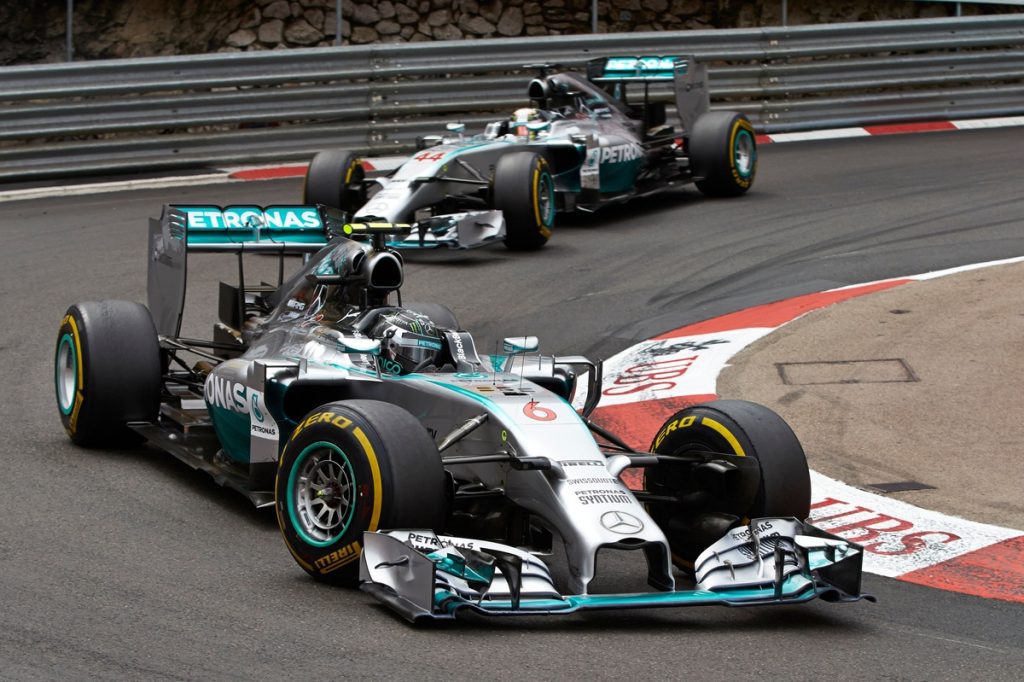In 2026, significant changes will be implemented to both the chassis and engine regulations, which multiple technical leaders in the F1 paddock have termed as the most extensive modifications in the last half-century.
Amid general concerns from drivers regarding the racing landscape, there are worries that these changes might lead to prolonged supremacy of a single manufacturer. The memory of 2014 is fresh, when Mercedes‘ engine showcased unmatched superiority, allowing them to dominate all championships until 2020.
Why the FIA is not concerned about a repeat of 2014 dominance
Nevertheless, the FIA exhibits confidence that the new era starting in 2026 won’t see a reoccurrence of a single manufacturer having a vast advantage. “I don’t believe we will face a situation akin to 2014,” expressed Nikolas Tombazis in an interview with Motorsport.com.
Tombazis, the FIA’s single-seater director, asserts that the new engine design is simpler, despite a considerable increase in electrical performance: “The engines’ complexity hasn’t been reduced as much as we wished, due to resistance to further simplification. However, the upcoming engines are less complex than the current ones—most notably, the MGU-H will be eliminated by 2026, which should create a fairer competition environment while also lowering development expenditures.”
Understanding the Concessions System
Even with the potential for one manufacturer to excel beyond others, the FIA realizes that not all power unit manufacturers are equally forthcoming with engine data. Yet, the FIA has incorporated a safety mechanism allowing underperforming manufacturers to narrow the gap through designated concessions.
“We are open to newcomers, and it’s natural for varying performance levels to occur at the start of a new cycle,” Tombazis noted. The current cost cap for power unit manufacturers prevents excess spending aimed solely at catching up. “The regulations include a provision known as ADUO—Additional Development and Upgrade Opportunities—designed to help these manufacturers improve,” he explained.
FIA dismisses any suggestions of Balance of Performance
This system is aimed at preventing long-term dominance, yet Tombazis insisted that it should not be viewed as a Balance of Performance, similar to what is seen in the World Endurance Championship. “We maintain identical regulations for everyone, and this isn’t about providing extra advantages like increased cubic capacity or fuel,” Tombazis clarified.
Moreover, the FIA is exploring a safety net for manufacturers facing notable reliability problems, which could be an issue at the beginning of this new era. “If a manufacturer encounters ongoing reliability issues that lead to engine failures, they risk exhausting their budgetary cap quickly,” noted Tombazis. “Our initiatives aim to offer support in such scenarios.”



